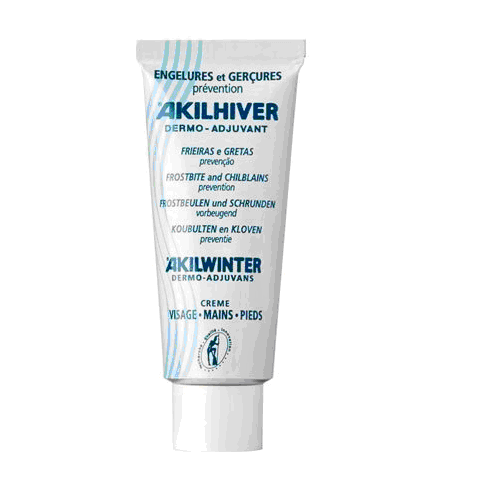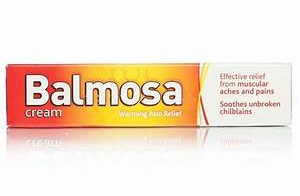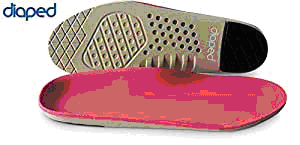Chilblains, why my toes get red, itchy and sore in the winter.
What do chilblains look and feel like?
Chilblains are small red itchy patches that can appear on toes and fingers after you’ve been in the cold, particularly in winter. They have a distinctive ‘dusky pink’ appearance and can be very tender and itchy. Sometimes they can look a bit like a bruise and sometimes toes can become quite swollen.
What are chilblains?
The body is very clever and when you get cold the tiny blood vessels (capillaries) in your extremities (hands, feet and even nose and ears) clamp down to make sure that your blood stays around your vital organs like the heart, brain and lungs. This makes sure they function properly and to help and keep your core body temperature consistent. It is a very clever survival mechanism to help maintain your core temperature of around 37C and to prevent hypothermia setting in.
However, sometimes this clever system goes wrong and the result is sore, red, itchy fingers and toes. These patches are commonly known as Chilblains or perniosis (if you want to sound clever!) They form because as the capillaries clamp down, they stop letting blood with its oxygen and nutrients feed the skin in those areas, this is ok for a short period of time but if it happens for too long it causes damage to the surrounding tissues. Then, when you warm up, especially if you warm up too quickly the pressure of the returning blood flow happens quicker than the capillaries can dilate and it causes the very ends of the capillaries to burst under the pressure and this creates the bruised like appearance. This all creates pain, swelling and redness. As the area starts to heal and the capillaries repair, it causes the itching sensation that makes suffering from chilblains so miserable, especially at night in bed when your feet are warm and you have a got increased circulation around the feet and toes
How do you get rid of chilblains?
Once you have got a chilblain, time is the main factor in getting rid of them and they will usually heal up in 6-8 weeks. There are some helpful treatments out there that can ease the pain and itching in your toes in the mean time. 2 I recommend regularly are:
Akilwinter
Contains Gingko Biloba which activates blood circulation and can help in preventing or curing chilblains, where the critical issue is stagnation of blood flow on exposure to cold. Ginkgo works on the circulation by opening more of the small capillaries according to one study. It also contains ingredients that aid healing and nourish and protect the skin.
Balmosa
The camphor and menthol in this can help relieve the pain and itching of chilblains if the skin is unbroken.


The best way to prevent the pain, redness and itching.
As my grandmother always said, prevention is the best treatment! To prevent chilblains from occurring in the first place, try not to let your feet get cold. Wrap up warm if going out in cold weather and consider 2 pairs of socks if you do suffer from cold feet. There are loads of thermal socks on the market or lamswool lined slippers that can keep your feet warmer. Look at the shoes you wear, are they warm? Do they have a thick enough sole to keep the cold out? And are they waterproof? Often running shoes are breathable so they don’t get too hot in summer but this means they have very little insulation in the winter to keep your toes warm. You can find insoles on the internet with great thermodynamic qualities. Materials like plasterzote work well. These Diaped Duosoft Plus Diabetic Insoles are great and the top layer helps to keep your feet warm.

Using creams that have warming ingredients such as eucalyptus, menthol and ginger can also help to improve circulation and help to prevent painful chilblains
The other important thing to prevent chilblains and sore itchy toes in winter is not warm them up too quickly if they do get cold. DO NOT put your feet in hot water or stick them in front of a hot fire however tempting. Rub them gently to increase the circulation and sometimes running them under cold water can be helpful as the cold will still feel warmer than your cold feet.
Warm up the rest of you too so the natural vasodilation process occurs as your core temperature increases.
What do chilblains look like on toes?
Here are some pictures of what chilblains can look like

What is the difference between chilblains and Raynaud's?
If you find that you get chilblains a lot, or that the circulation in your hands and feet clamps down even when you don’t feel it is that cold, or you regularly get fingers or toes that go completely white and you get burning pain and tingling as they warm up, you may have a condition called Raynaud’s. This is there the capillaries in your extremities are very sensitive to temperature change. Much of the advice above can be helpful but it is a good idea to talk to your podiatrist or GP for further treatment options and advice.